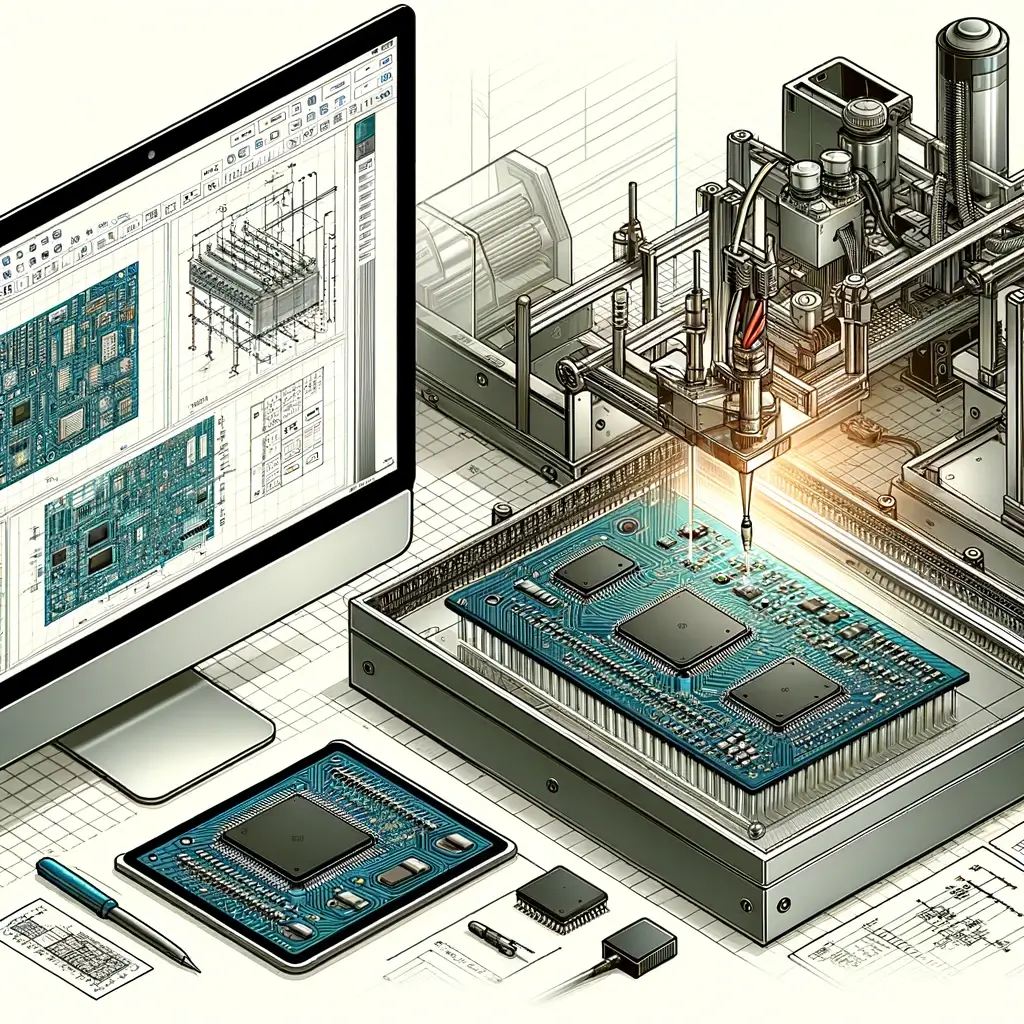Flexible printed circuit board (Flexible PCB) is a common term that is synonymous with flexible circuits. While the term “FPCB” is generally used to describe rigid printed circuitry, “flexible PCB” is a little contradictory because “boards” aren’t really flexible. Some companies, like All Flex, design and manufactures flexible PCBs, but not rigid PCBs.
There are many similarities between the two, but also significant differences.
Design Flexible PCB
The shortest distance between two points is a straight line, so a circuit trace on a flex circuit should look like a circuit trace on a rigid circuit board, right? Actually there can be considerable differences between designing a rigid PCB and a flexible PCB. Because of the flexibility feature, there are unique issues affecting robustness. For example, since flex can bend, one needs to be sure that bending does not crack or break solders joints near a bend location. For this reason, design features like radiused corners and filleted pads are common on flexible circuits. Another issue is that the substrate used for flex is not as dimensionally stable vs. its rigid cousin. Allowances for dimensional changes may be required for flexible PCB design. Most PCB design software is tailored to rigid printed circuit materials and features. Tradeoffs occur when this same software is used to design flexible PCBs[1].
Fabrication
Rigid PCBs and flexible PCBs have very similar fabrication steps and often use the same equipment and equipment manufacturers. For example, photo imaging the base circuitry layer can use virtually identical technology. The differences arise because of the difference between handling a rigid board versus a flexible substrate. Some ultra-thin circuits are extremely flimsy and need special material handling systems. While a PCB is relatively easy to handle, a thin flexible circuit may need special clamping, fixturing or vacuum systems to hold it in place while processing. Some very high-volume flexible PCB manufactures process circuits in a continuous reel (reel-to-reel). Reel to reel processing uses significantly different material handling mechanisms vs. systems processing discrete panel sizes.
Tooling
Both PCBs and flexible PCBs use similar tooling such as CAD files, photo tools and electrical test fixtures. Perhaps the biggest difference is around the cutline definition. Flexible circuits provide unlimited configuration opportunities that often results in very odd shapes and sizes. Circuit boards often are rectangular or may have some notches or curved outlines routered. Because of this nuance, steel rule dies and hard tool dies are probably used more often for flexible PCBs than for boards, at least for ultra-high-volume applications. Laser definition of the circuit outline is also a common flex circuit process. Other differences in tooling involve fixturing that may be required to handle flexible substrates.
Coverlay/Covercoat
Flexible PCBs require different dielectric materials such as flexible photoimagable soldermask or laminated coverlay (also called coverfilm) vs. the non-flexible PCBs. This creates materials with unique properties and challenges. Materials need to bend and flex, with some applications requiring millions of cycles, without cracking or delaminating. Several design features need to be considered with dynamic flex applications, including: copper grain direction, circuit pattern layout, coverfilm thickness, and trace geometries. The most common flexible dielectric is laminated film dielectric bonded to the substrate with high temperature and pressure, a solution rarely used for rigid PCBs.
Applications
Flexible PCBs constitute about 10–15% of all PCBs produce globally, so there are far more applications that use hardboards than flex. The biggest advantage for flex is that it can reduce the size, weight and amount of hardware used for many electronic packages. It is best described as an “electronic interconnect packaging solution.” The concept of an “origami flex circuit” also comes to mind. If you have an application that requires multiple planes of interconnections, or there are active bending or flexing requirements for parts of the package, then a flexible PCB may be your best choice.



